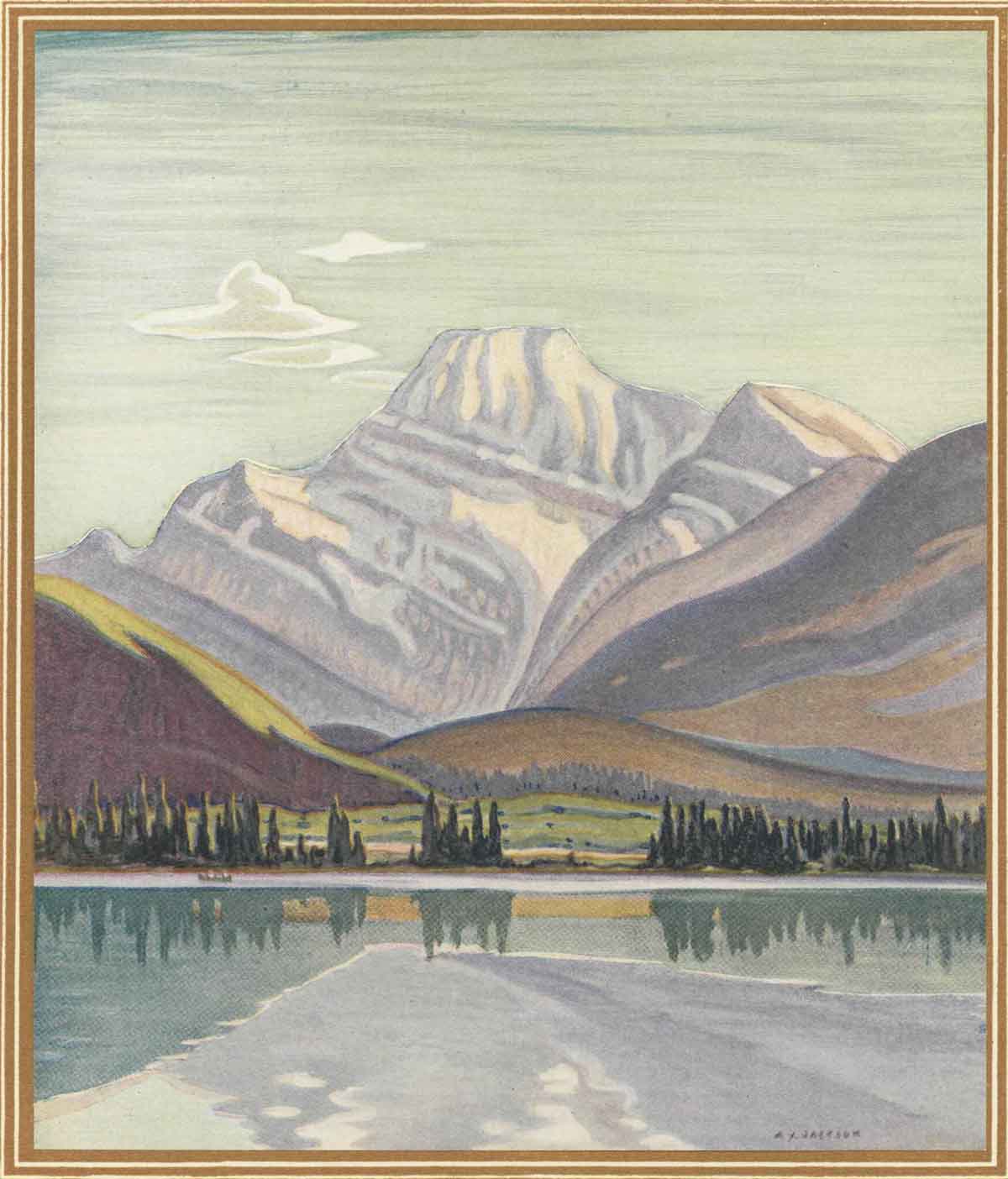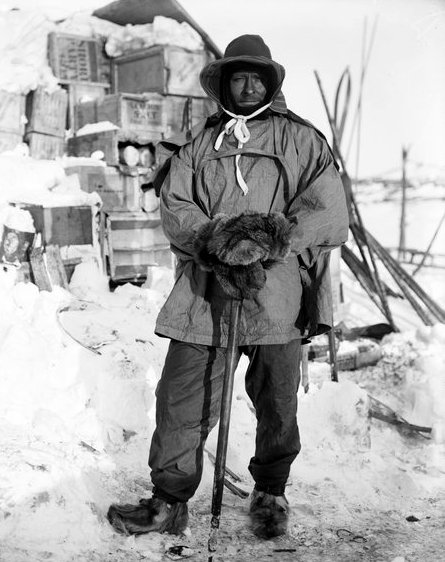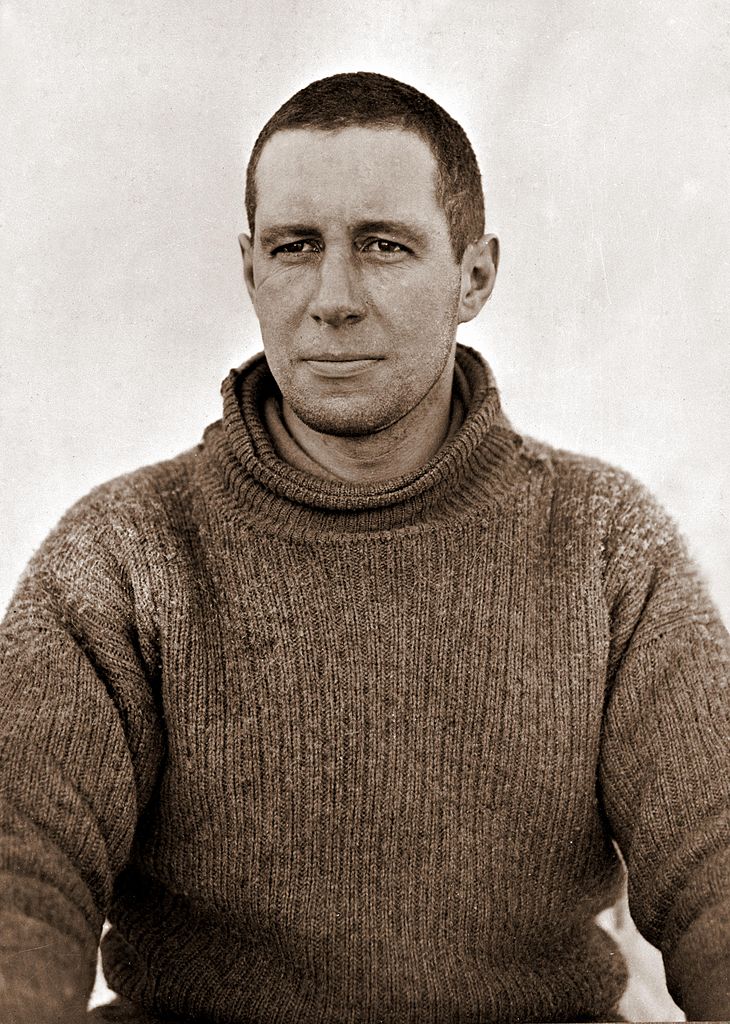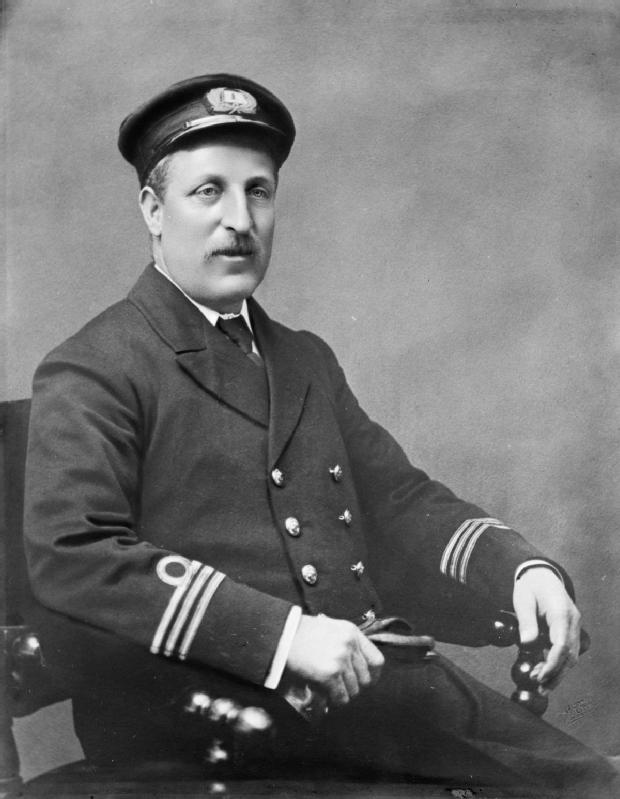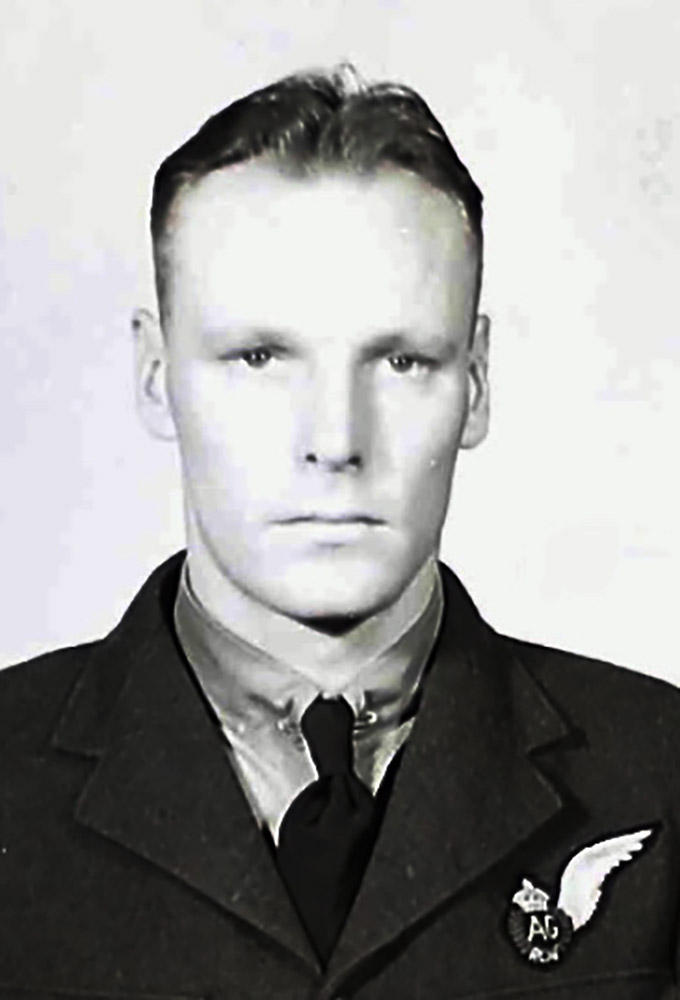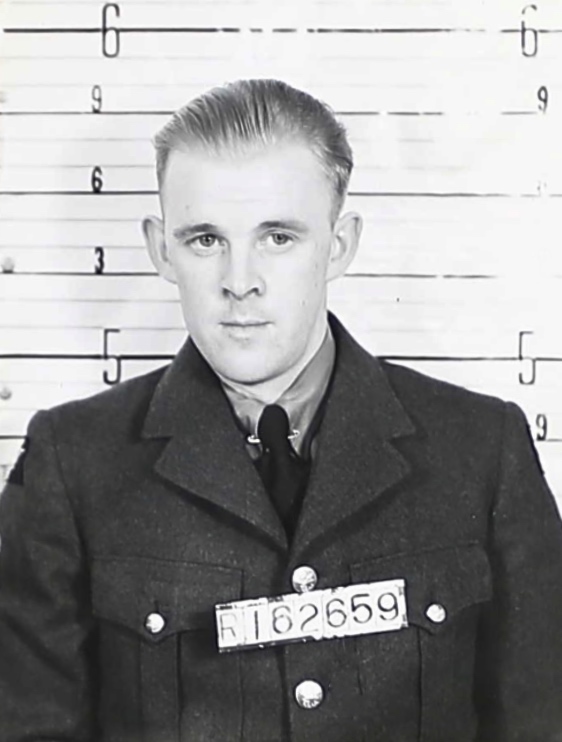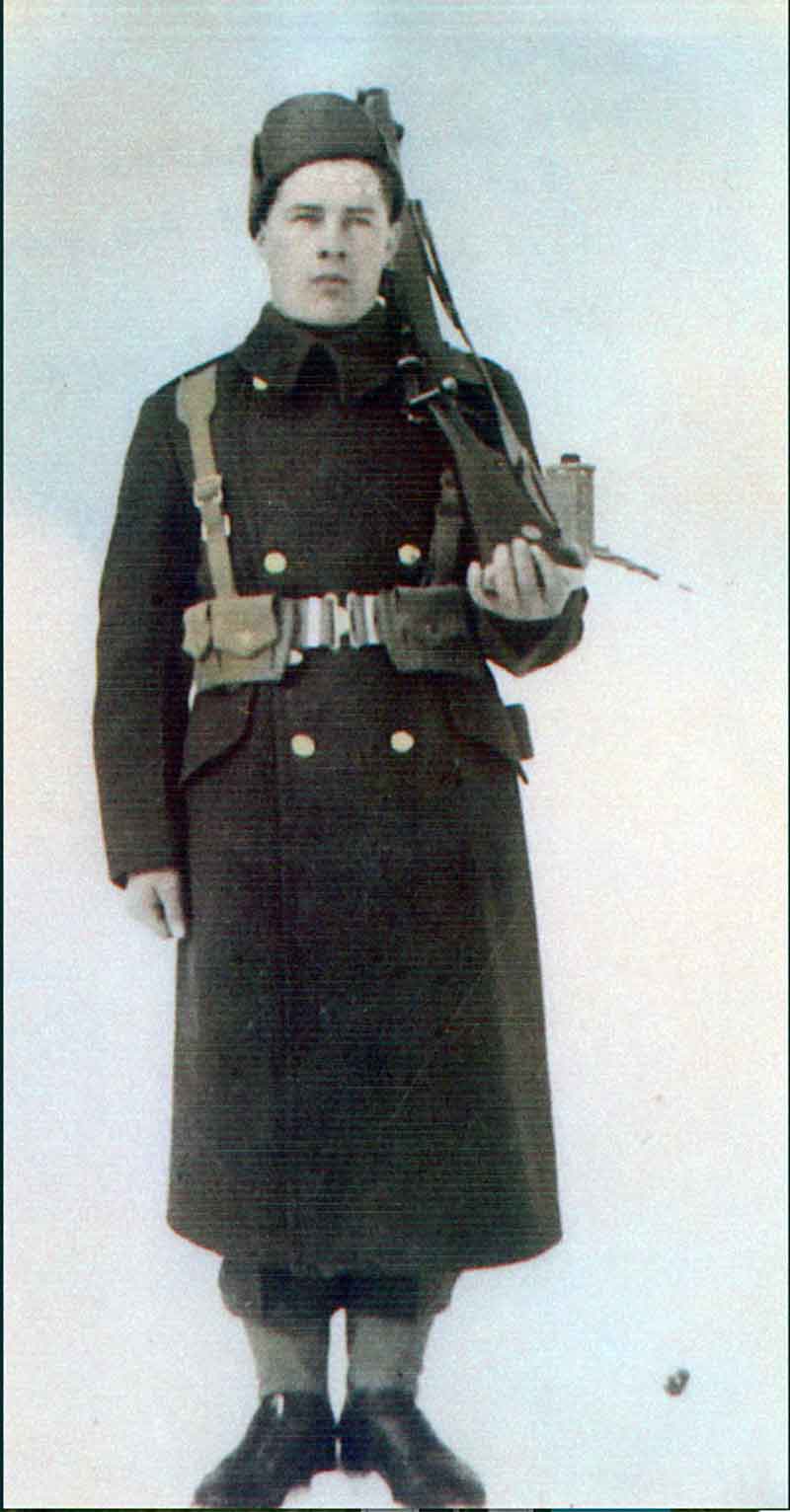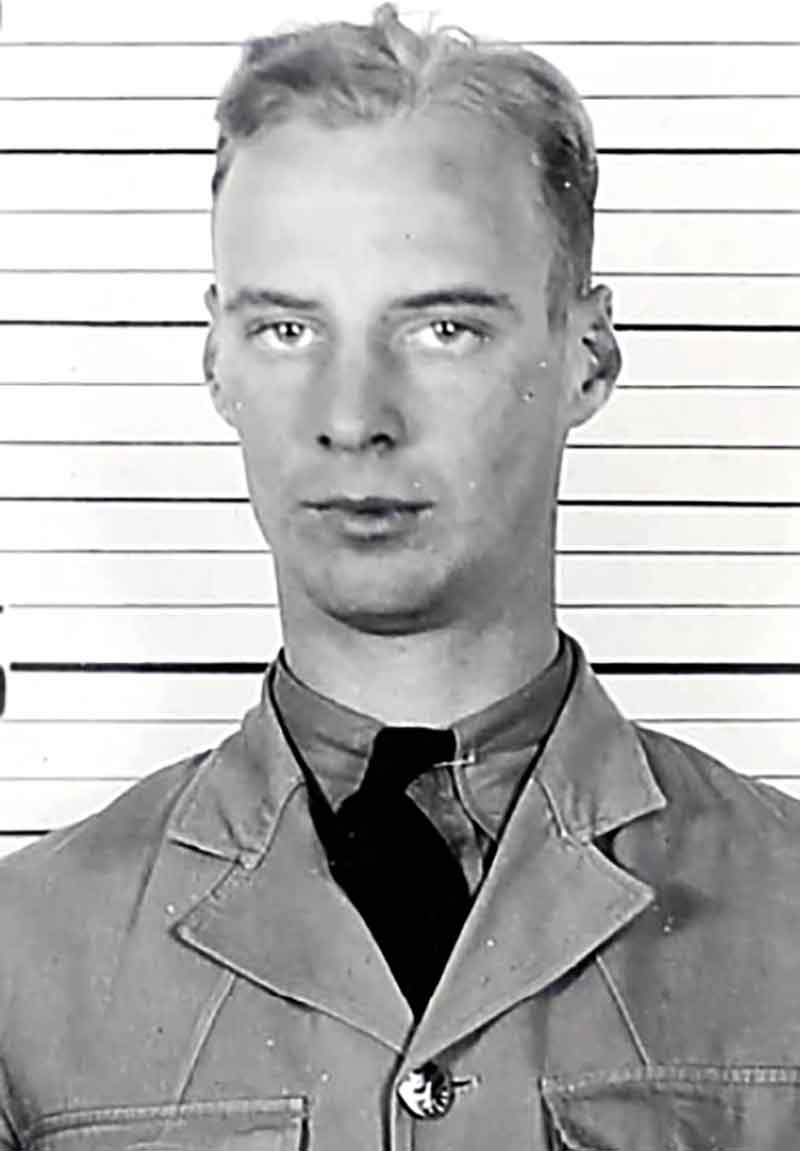Soldier found dead in bush after storm
Possibly a victim of Saturday night’s violent electrical storm, Pte. Alfred Pierway, of the Artillery Training centre, Fort Garry, was found dead in the bush near the barracks early Sunday morning.
There is nothing to lead police to believe there was any foul play but the initial examination revealed that Pte. Pierway died of shock. “There is a strong possibility he may have been struck by lightning.” Dr. O. C. Trainor, pathologist of Misericordia hospital, who is conducting the post mortem, told The Tribune today.
“Lightning may leave extensive marks or none at ail on the body.”
Dr. Trainor said the body showed traces of alcoholism.
The only mark found on Pte. Pierway was a bruise on his left side. Pte. Pierway, formerly of Quesnel, B.C. had returned to Fort Garry shortly after midnight Saturday following a trip to Winnipeg. At 7 a.m. Sunday a university student discovered the body near the bus stop and notified Cpl. I. Morrison, on sentry duty.
Chief Alex Martin, of Fort Garry, is investigating the case. It is not known whether an inquest will be held or not until more results are reported from the postmortem.
— Winnipeg Evening Tribune
